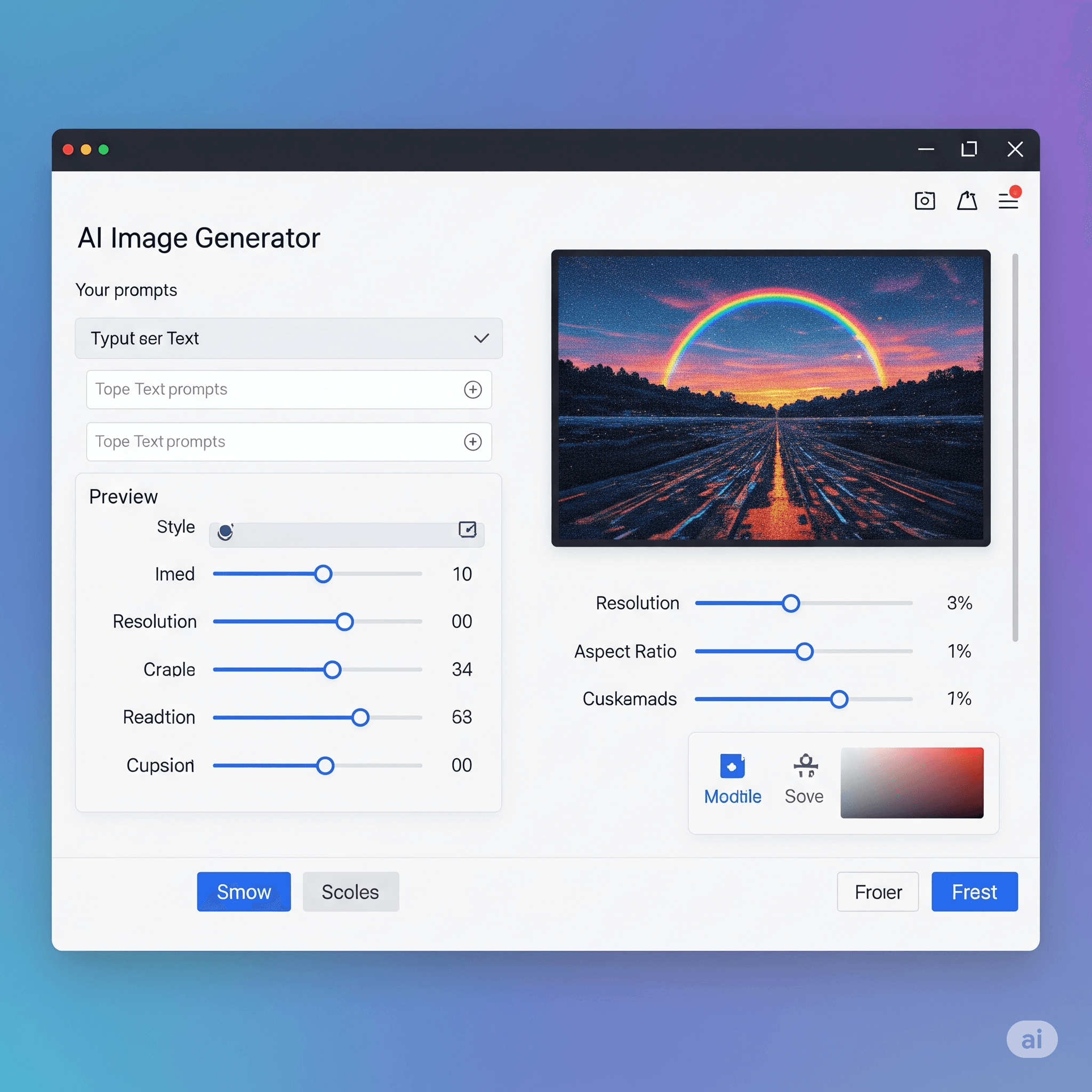Question: UDP packets have a fixed-size header of _______ bytes.
Answer:
UDP (User Datagram Protocol) packets have a fixed-size header of 8 bytes. The UDP header contains four fields, each of which is 2 bytes long. The fields in the UDP header are as follows:
- Source port number (2 bytes)
- Destination port number (2 bytes)
- Length (2 bytes)
- Checksum (2 bytes)
The source and destination port numbers identify the sending and receiving processes, while the length field specifies the length of the UDP datagram, including the header. The checksum field is used to verify the integrity of the data and the header. Because the UDP header is fixed in size, the maximum size of a UDP datagram is limited to 65,535 bytes (65,527 bytes of data and 8 bytes of header). However, in practice, the maximum size of a UDP datagram is often much smaller, typically around 1,500 bytes, due to the limitations of the underlying network protocols and hardware.
MCQ: UDP packets have a fixed-size header of _______ bytes.
Explanation:
UDP (User Datagram Protocol) packets have a fixed-size header of 8 bytes. The UDP header contains four fields, each of which is 2 bytes long. The fields in the UDP header are as follows:
- Source port number (2 bytes)
- Destination port number (2 bytes)
- Length (2 bytes)
- Checksum (2 bytes)
The source and destination port numbers identify the sending and receiving processes, while the length field specifies the length of the UDP datagram, including the header. The checksum field is used to verify the integrity of the data and the header. Because the UDP header is fixed in size, the maximum size of a UDP datagram is limited to 65,535 bytes (65,527 bytes of data and 8 bytes of header). However, in practice, the maximum size of a UDP datagram is often much smaller, typically around 1,500 bytes, due to the limitations of the underlying network protocols and hardware.
Discuss a Question
Related Questions
- 1. TCP is a __________ protocol.
- 2. TCP groups a number of bytes together into a packet called a ___________.
- 3. TCP is a(n) ___________ protocol.
- 4. TCP is a(n) _______ transport protocol.
- 5. TCP uses _________________ to check the safe and sound arrival of data.
- 6. The bytes of data being transferred in each connection are numbered by TCP. The numbering starts with a __________________.
- 7. In TCP, the sequence number for each segment is the number of the _______ byte (virtual byte) carried in that segment.
- 8. Communication in TCP is ___________.
- 9. In TCP, the value of the acknowledgment field in a sent segment defines the sequence number related to the ______ byte a party expects to receive next.
- 10. The inclusion of the checksum in the TCP segment is ________.
You may be interested in:
Computer Networking MCQs






